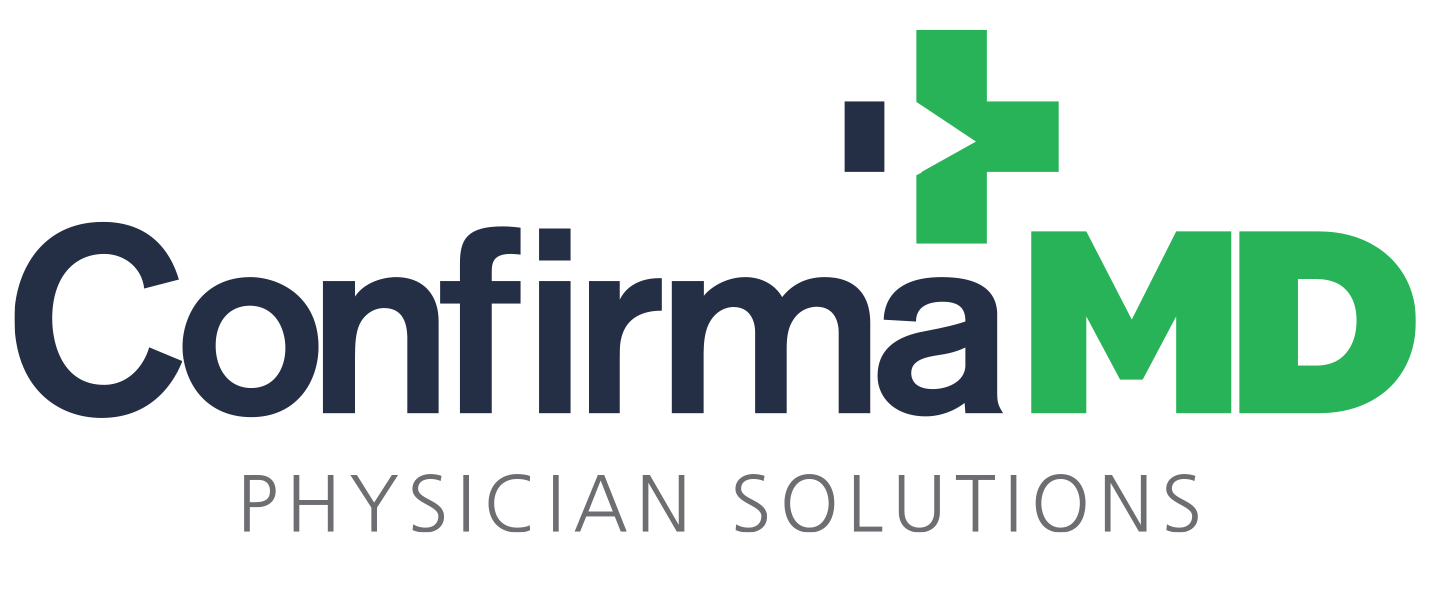
Epidural and Facet Audits –
What does it mean for you?
The What: Epidural Steroid Injections and Facet Joint Interventions Audits
The Who: Most all Providers are affected. After being made aware that several physicians are being audited, our staff is concerned that most practices are having difficulty conforming to the LCDs (Local Coverage Determination) and medical policies.
The Why: To assist you in compliantly documenting these procedures, ConfirmaMD is passing along an algorithm published by ASIPP. You can use this algorithmic approach whenever you see your patients by utilizing these checklists for each patient prior to performing epidural steroid injections and facet joint interventions.
AN ALGORITHMIC APPROACH TO EPIDURAL STEROID INJECTIONS
DOCUMENTATION
- The assessment as it relates to the complaint for that visit
- Relevant medical history and physical examination
- Results of pertinent tests/procedures
- Signed and dated office visit record/operative report
- Documentation to support the medical necessity of the procedure(s)
INDICATIONS
Radiculopathy or radicular pain and/or neurogenic claudication must meet 4 criteria
- Pain duration of 4 weeks.
- Inadequate improvement with 4 weeks of conservative management (chiropractic, physical therapy, structured exercise program, NSAIDs, and other drugs) with documentation of duration and results of therapy.
- Effectiveness should be documented as defined by 3 months of pain relief of >/= 50%, in conjunction with conservative management. (The only exception is: following the first injection, a procedure may be repeated if the relief is not long-lasting after 14 days (about 2 weeks) with a different technique or drug).
- Pain scale or functional assessment should be documented.
LIMITATIONS
- Limitations include steroid dosages of 80 mg of triamcinolone, or 12 mg of betamethasone, or 15 mg of dexamethasone. Methylprednisolone is not allowed.
- CT or fluoro is mandated except during pregnancy.
- Imaging requires a minimum of 2 views with final needle position in contrast flow to be retained.
- Only mild or light sedation is permitted.
UTILIZATION
- Multiple procedures are not permitted.
- Two unilateral or a bilateral level transforaminal epidural injection may be performed. The maximum number of procedures is 4 per rolling 12 months per region.
- ICD-10 codes are limited compared to previous policies as enclosed (It is crucial that the physician always includes a radiculopathy or radiculitis code. Without that, payment will be denied and may lead to fraud and abuse investigations).
CHECKLIST FOR EPIDURAL STEROID INJECTIONS
It would be appropriate to utilize a checklist to assure that these procedures are performed properly: https://asipp.org/checklist-for-epidural-steroid-injections/
AN ALGORITHMIC APPROACH TO FACET JOINT INTERVENTIONS
The algorithmic approach describes diagnostic block procedure, as well as therapeutic interventions. For diagnostic blocks, the following 4 components should be met:
DOCUMENTATION
- The assessment as it relates to the complaint for that visit
- Relevant medical history and physical examination
- Results of pertinent tests/procedures
- Signed and dated office visit record/operative report
- Documentation to support the medical necessity of the procedure(s)
INDICATIONS
- Axial pain above 5
- 3 months duration of pain
- Failed conservative treatment modalities (chiropractic, physical therapy, structured exercise program, NSAIDs, and other drugs) with duration and results.
- No untreated radiculopathy or radiculitis.
- Once these criteria are met, 2 diagnostic blocks, initially utilizing 0.5 mL lidocaine 1% or if you desire, 2%, may be performed.
- To qualify as a positive response, you must document ≥ 80% relief with an ability to perform previously painful movements. If negative, please stop interventions.
- If positive, you may proceed with a second block utilizing 0.5mL of either 0.25% or 0.5% bupivacaine and document ≥ 80% pain relief with an ability to perform previously painful movements.
If negative, stop facet joint interventions.
If positive, you can proceed with therapeutic facet joint interventions.
THERAPEUTIC FACET JOINT INTERVENTIONS
- The diagnostic blocks are performed with the intention to perform radiofrequency neurotomy unless it is contraindicated and documented appropriately such as for a patient with pseudoarthrosis, implant. radiofrequency is not recommended for patients who were intolerance of a previously performed radiofrequency neurotomy and is contraindicated for patients who demonstrated a previous lack of response, or others where a physician/patient shared decision-making is made.
- Radiofrequency neurotomy may be repeated after 6 months of appropriate pain relief with improvement in functional status. Therapeutic facet joint blocks may be repeated after 3 months of pain relief and improvement in function.
- Diagnostic blocks must be repeated if the patient has received no treatment in 2 years.
LIMITATIONS
Only light sedation is permitted for diagnostic blocks. Moderate sedation, or MAC are permitted for radiofrequency neurotomy.
Opioids cannot be used for diagnostic blocks.
Facet joint interventions, as of now, are contraindicated in patients with anterior lumbar interbody fusion or ALIF.
Need To Know? Regardless of the opinions you hold and the evidence that exists, it is crucial to follow the LCDs. Whatever is quoted in the LCD or medical policy is final and we must abide by those. Any changes you believe are warranted should be presented for consideration through a redetermination process for LCDs or medical policies for private insurers or Medicaid. They can be submitted during the next cycle of revisions. Not sure how to get started – let us help you.
ConfirmaMD’s staff of practice management experts are best in class. Schedule a quick call or reach us online at www.ConfirmaMD.com
Learn something valuable to your practice?
Stay notified of when we publish new blogs:
